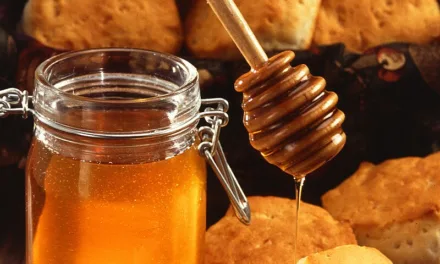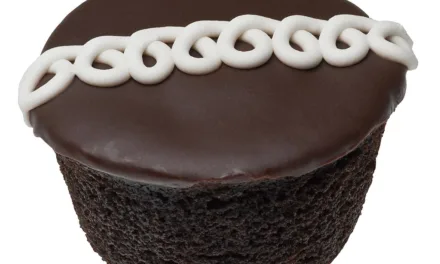Clams are marine bivalve mollusks that can be found in both freshwater and saltwater environments. They have two hinged shells that are typically equal in size and symmetrical, connected by a flexible ligament. The exterior of the shell can vary widely in color and pattern, depending on the species. The interior of the shell is usually smooth, with a shiny, pearlescent coating.Clams are filter feeders, which means they feed by straining suspended matter and food particles from water. They do this by drawing in water through their siphons, passing it over their gills where tiny food particles are trapped and then expelled back into the water, leaving the food behind to be digested.
Clams have a simple heart, digestive system, and nervous system. They move by extending a muscular foot out of their shell and into the sediment, allowing them to burrow or move slowly. Clams are known for their ability to bury themselves in the sand or mud of the ocean or riverbeds, where they can be somewhat protected from predators.Clams play an important role in aquatic ecosystems by filtering water, which helps to clean it. They are also a source of food for various marine animals, including humans. Clams are harvested for their meat and shells, with some species being particularly valued for consumption.
Image from Wikipedia






Recent Comments